I just came back from another trip to Taiwan, this time having a few days between work and tea hunting. Taiwan really is the island of teashops, and the kicker is, quite a few of them are very decent places, with good tea and run by good people. As one of my commenters mentioned, they don’t try to rip you off the way they do in the mainland.
While MadameN and I were a little early to our dinner destination for a meeting with some colleagues from grad school, we decided to take a quick stroll around the restaurant and look at the amazing coffeeshops that are in the vicinity of the restaurant. While doing that, we ran into a tea store that looked as terrible as you can imagine – old, slightly broken and very dirty shelves, lined with bags of tea that have been stacked into pyramids, a common feature of many community teashops in Taipei. On the far end of the shop are bags and bags of teas, and some puerh cakes lining the wall. I decided to try my luck and walked in, asking if they have any aged tea. The woman who was in the store said she has to ask her dad, who really runs the operation, and ten minutes later, the dad walked into the store.
I expected nothing when I walked in, since most of these stores have nothing other than reroasted-to-death “aged” oolong for sale. However, in the subsequent twenty minutes, which was all the time I had, he brought out about five different aged oolongs for me to taste, each one decent, some better than others. It was clear that my twenty minutes were not enough. I decided to go back the next day.
So the next afternoon, after meeting up with Action Jackson, I went back to the store. We tried many teas.
Aside from the rather obvious advantage of trying teas this way, which is that you can drink as much or as little as you want, while comparing them honestly without any interference with the brewing skills and parameters, it also allows you to literally throw away teas that are no good. What you’re seeing here is already after a few teas have been thrown out, with three young gaoshan oolongs, two aged oolongs, and one roasted one. More were tested before we stopped after having tasted a dozen or so teas.
The shop’s proprietor also showed us his rather unique way of roasting teas. It is an interesting use of what looks like an oven, because it’s not what it seems
Whereas the exterior of the oven looks like, well, an oven for maybe baking bread, once you open it up you can see that the heat is actually being provided by charcoal at the bottom of the oven, with pans of teas being roasted above it. It’s actually not a bad idea – this way, he can do charcoal roasting while keeping the room’s temperature to a reasonable level, and also limits the amount of charcoal he needs to use as well as being able to roasted a relatively small batch at a time. To the left of the oven is where he rests his recently roasted tea, and to the right, with the big white bags, are aged oolongs of one kind or another – no vacuum pack, no jars, nothing, just plain bags with good aged teas that are surprisingly not bitter at all. Nor does he re-roast the tea, ever, because, as he himself correctly states, once you reroast an aged tea it loses the aged flavour. I heartily agree.
In the end we all walked out of the store laden with tea, all sold at a very reasonable price. Having spent many days tea hunting in Taipei both on previous trips and this one, I can safely say that oftentimes the best shops for buying tea are also the ugliest looking, messiest, and dirtiest ones, with bags of teas piled everywhere, old, sometimes broken pots lining the shelves, and the most disorganized tea tables you’ve ever encountered. The shops that are neat, clean, with nice rows of boxed teas lit with mood lighting and packaged in designer bags are, more often than not, rather mediocre and rarely surprising. They might have a few things that are rare, interesting, or, better yet, sold with a story, but you have to pay a pretty penny for them, and I’m not sure if that’s worth the money, because what you can drink is the tea, and not the story.



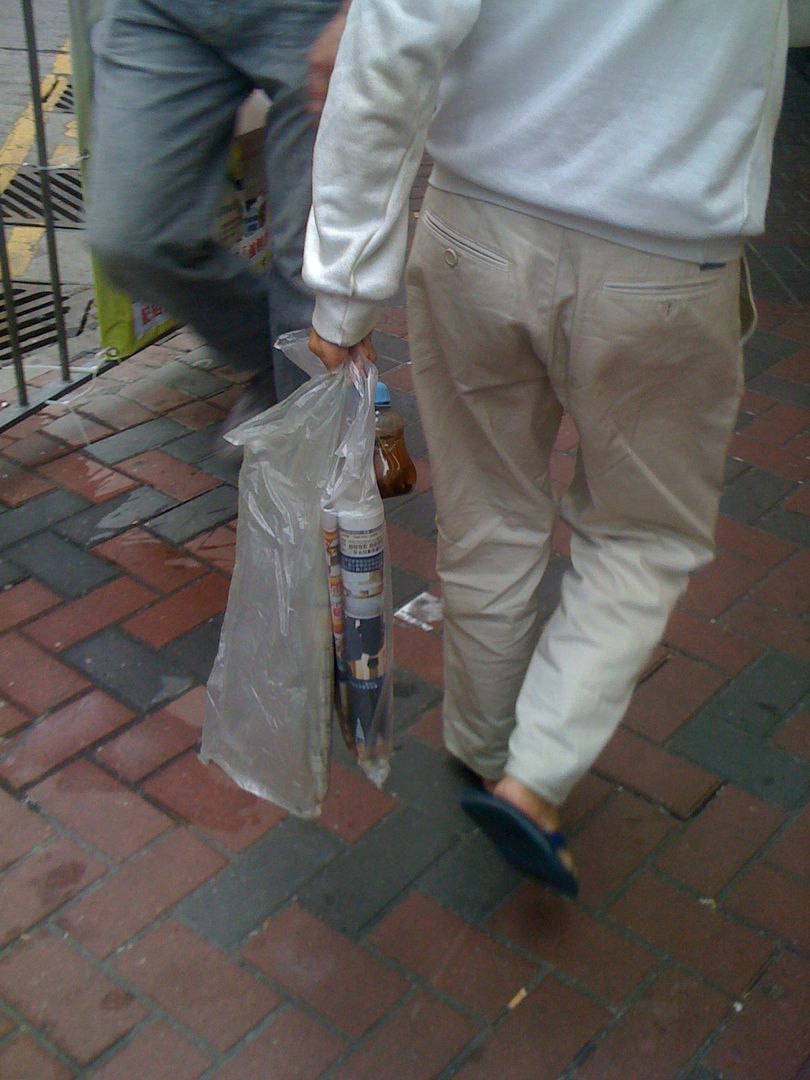

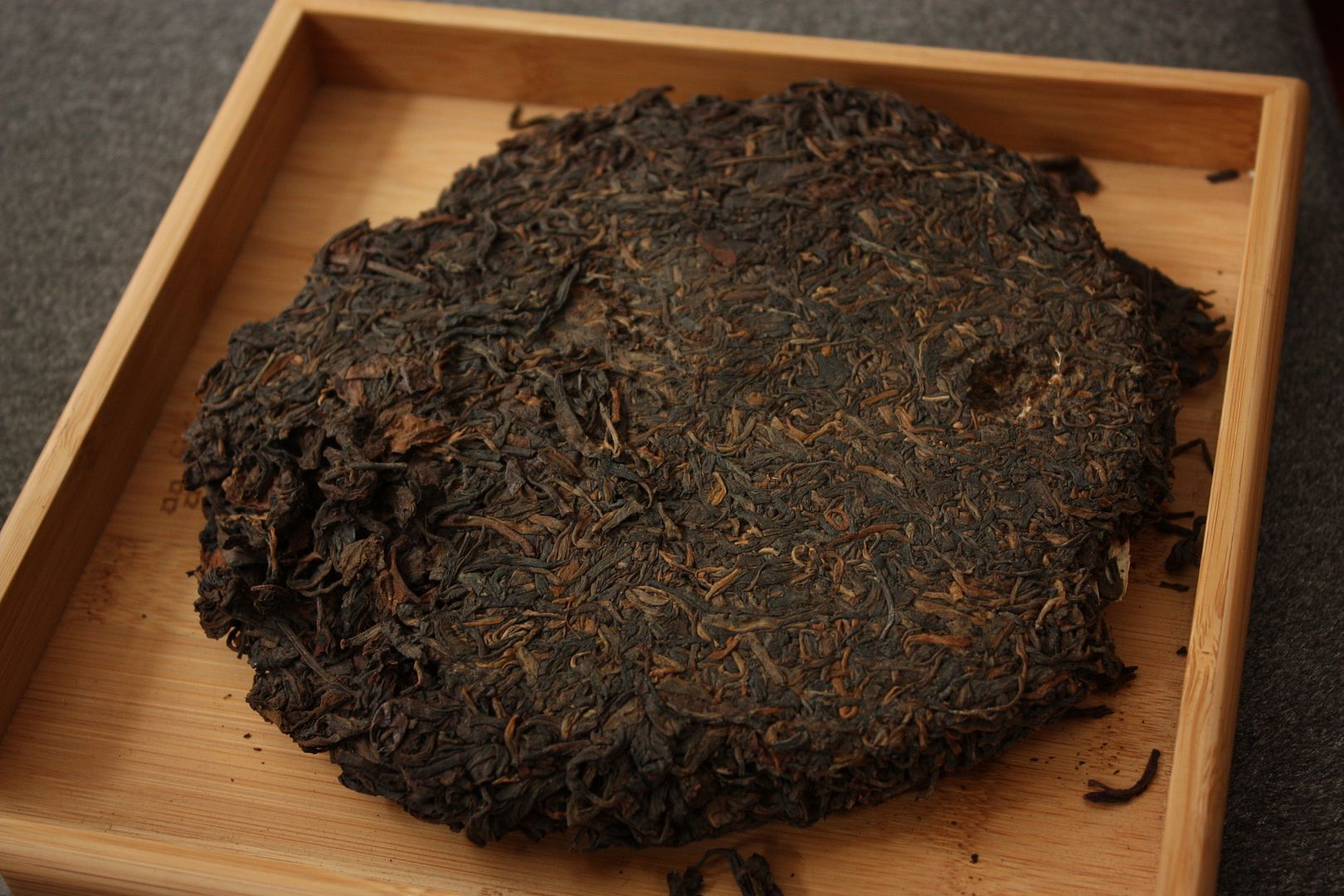
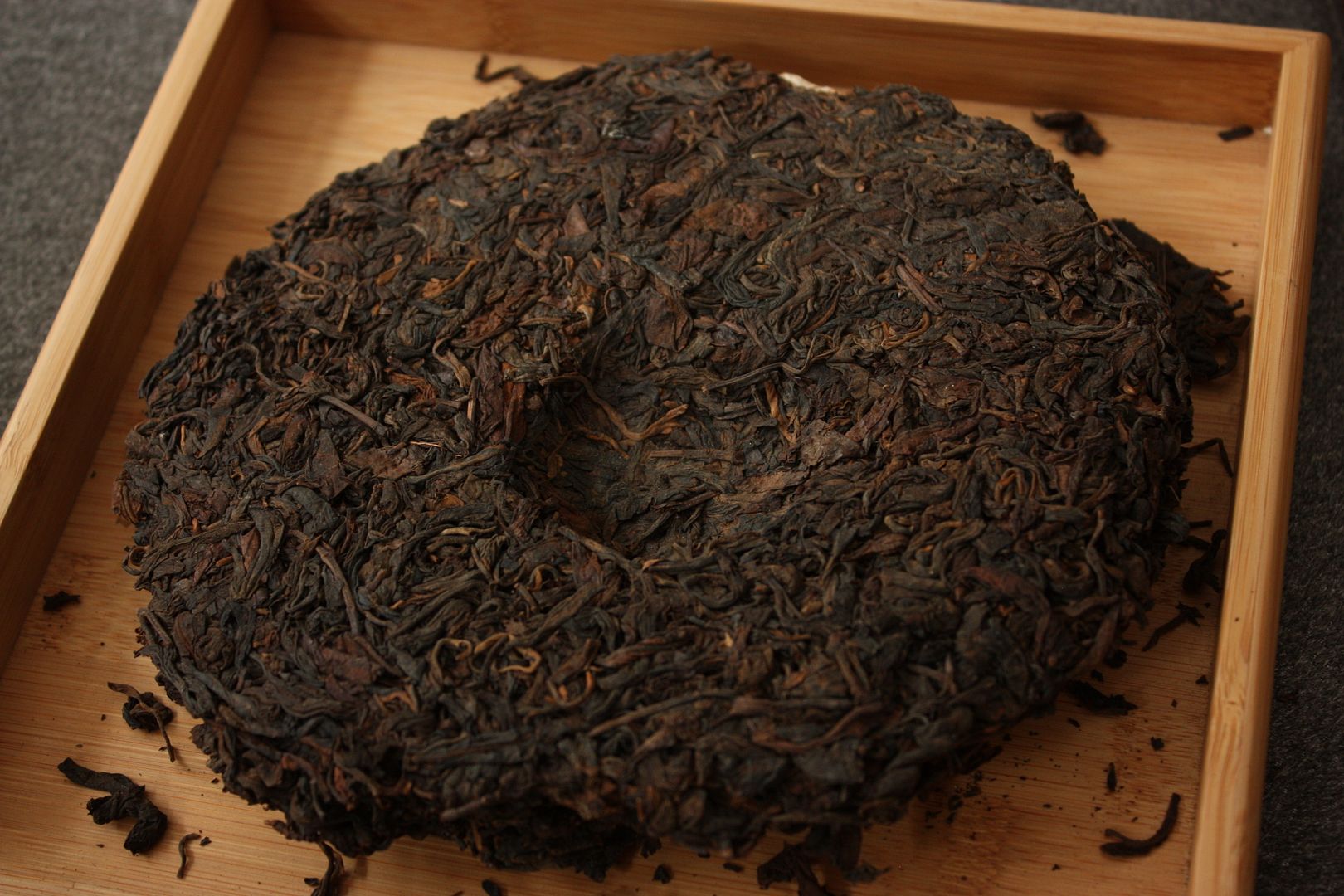



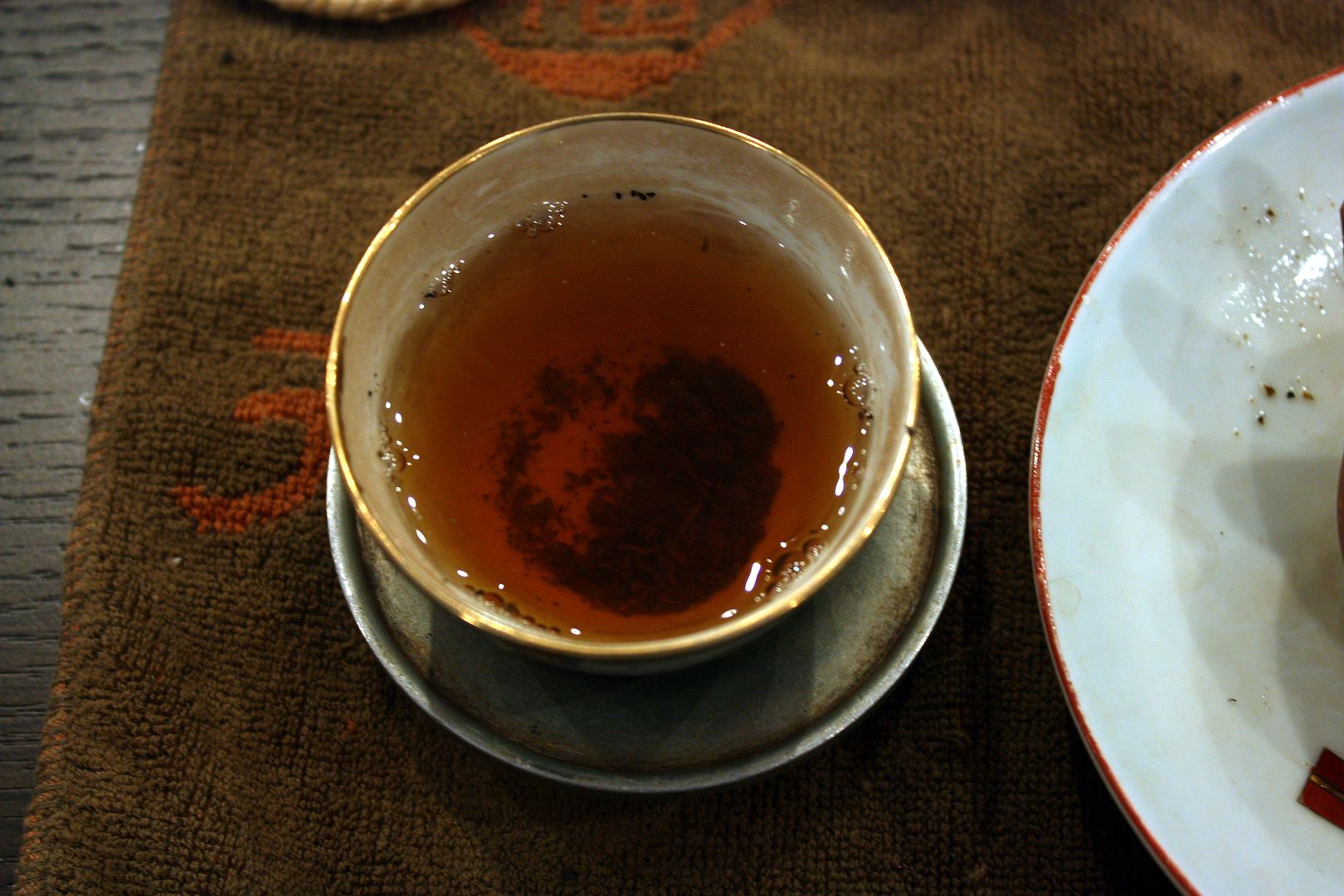
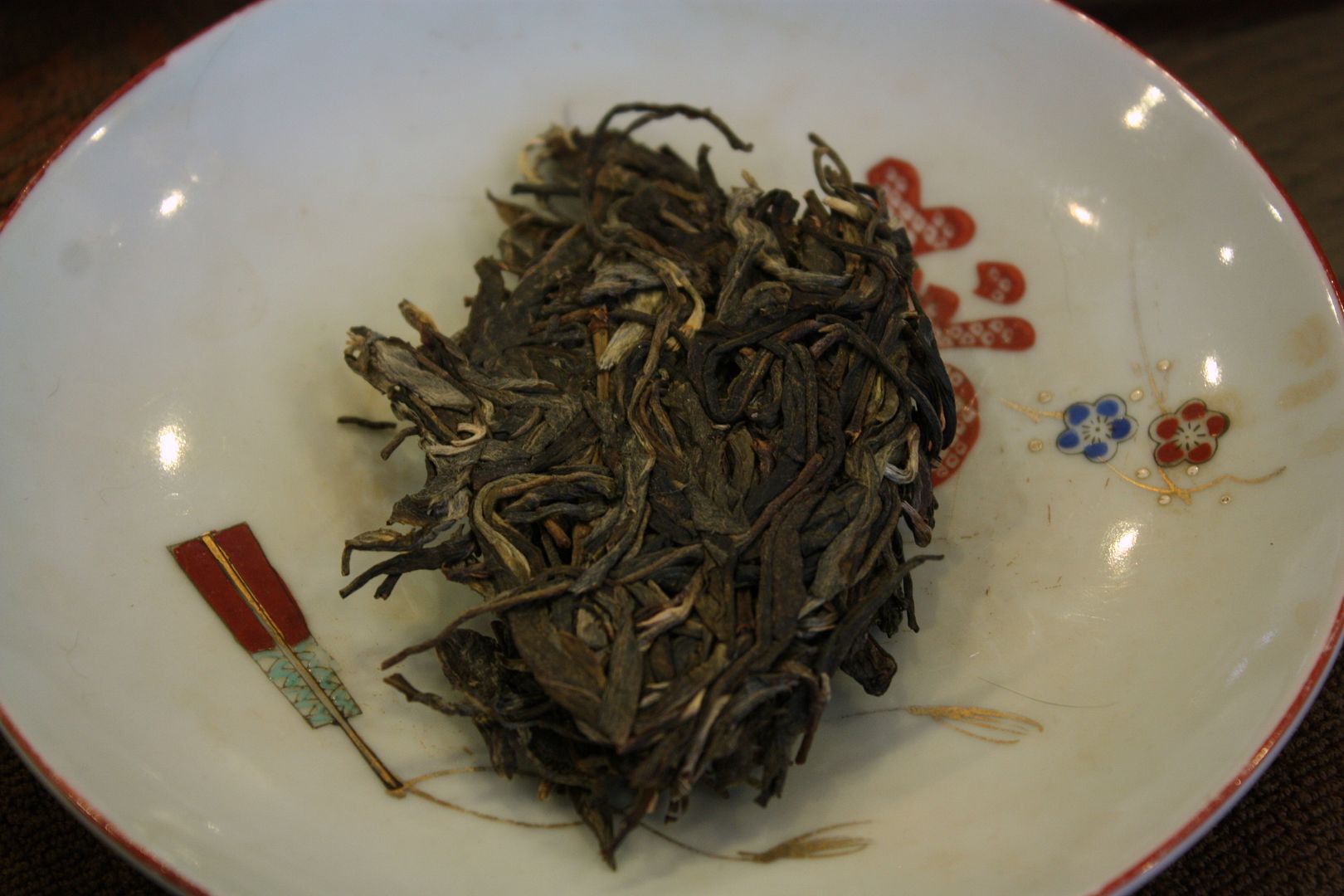
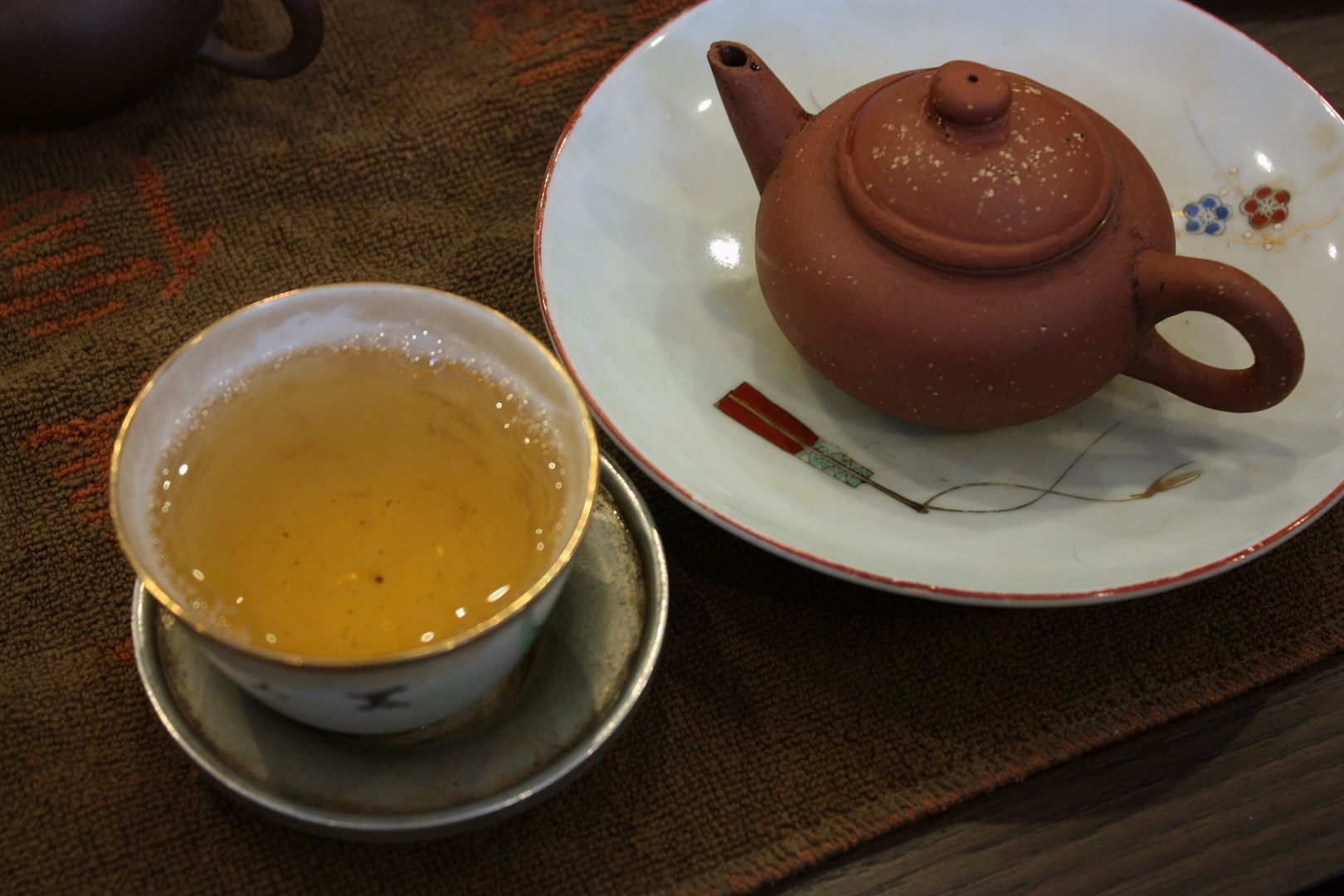

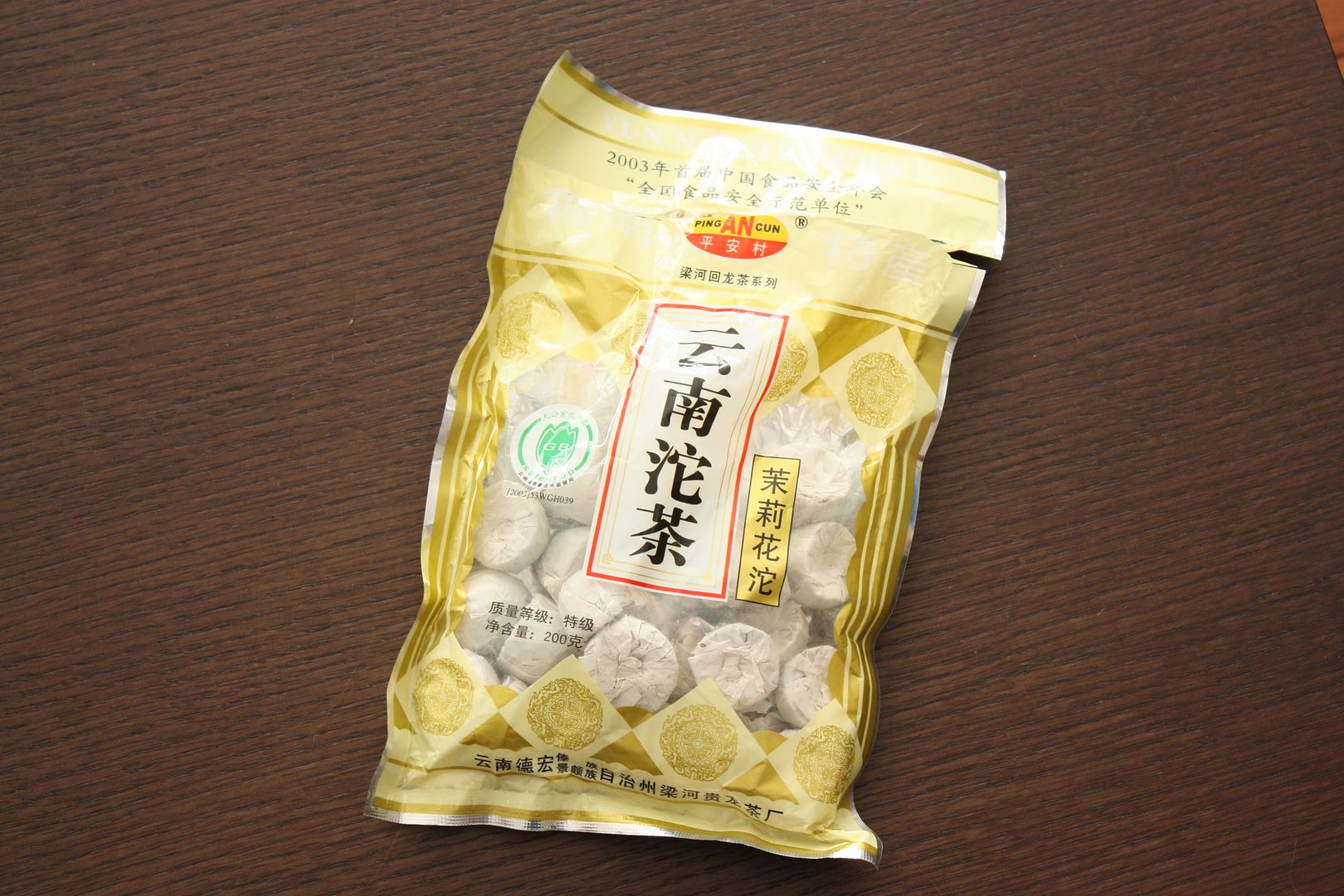
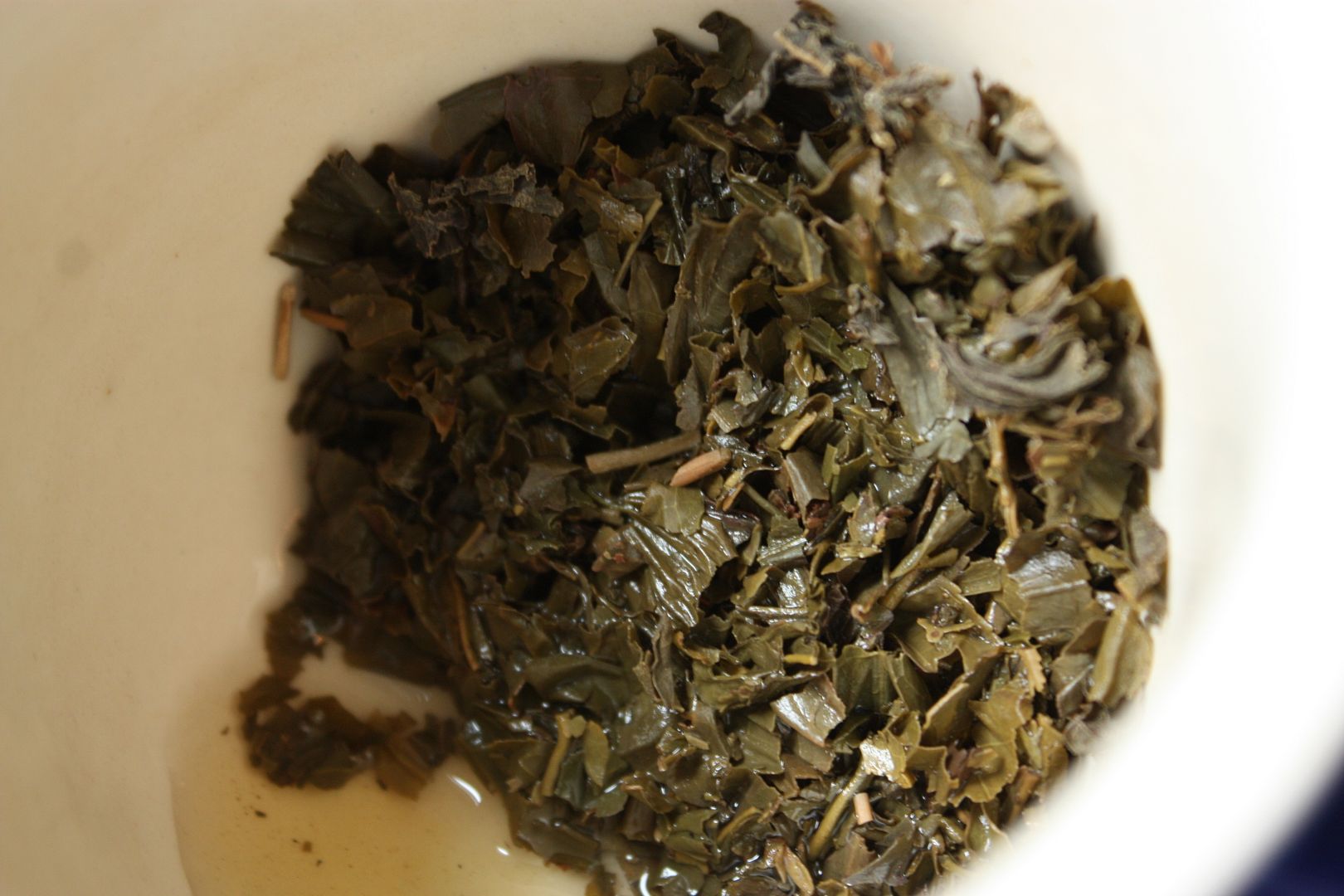

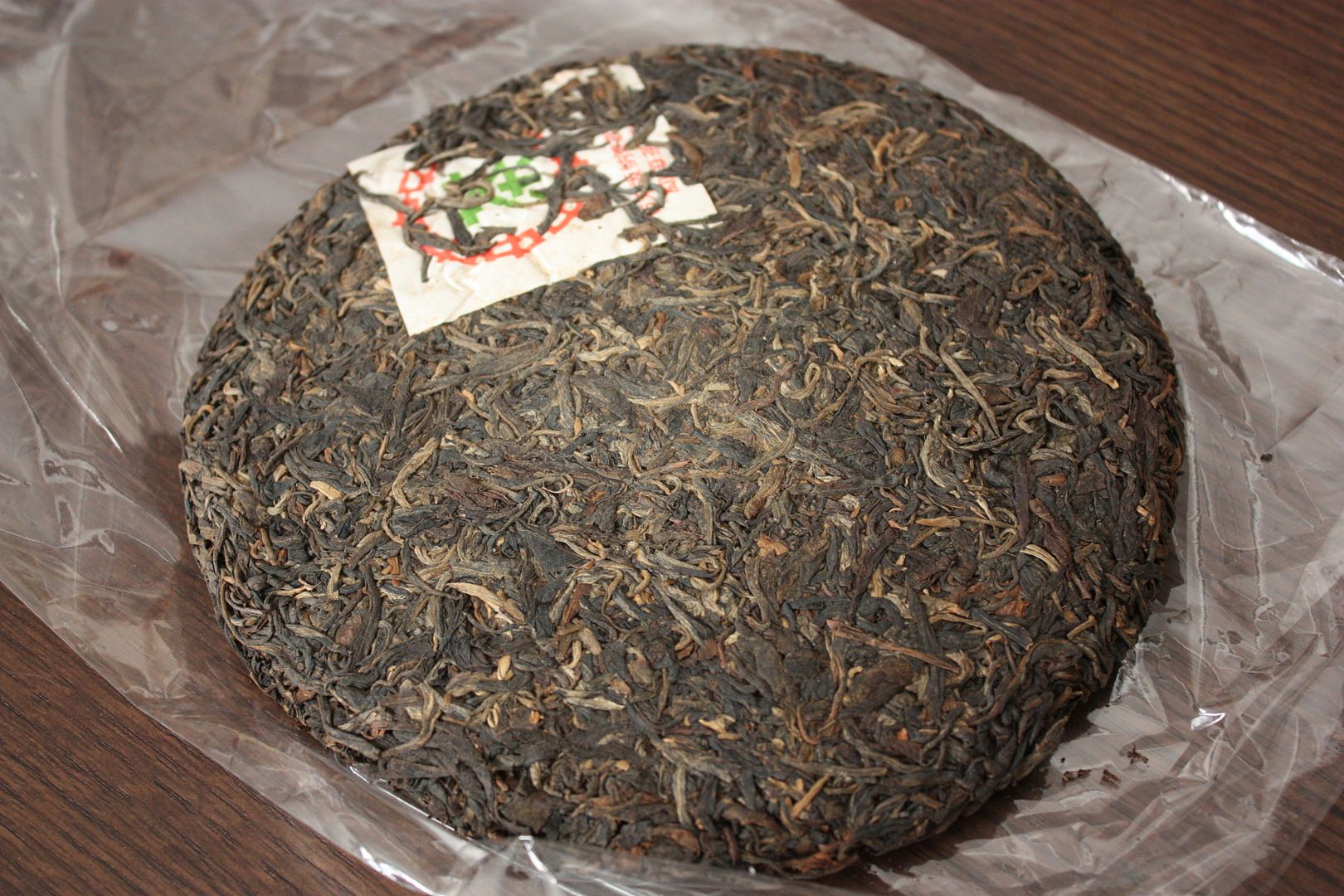
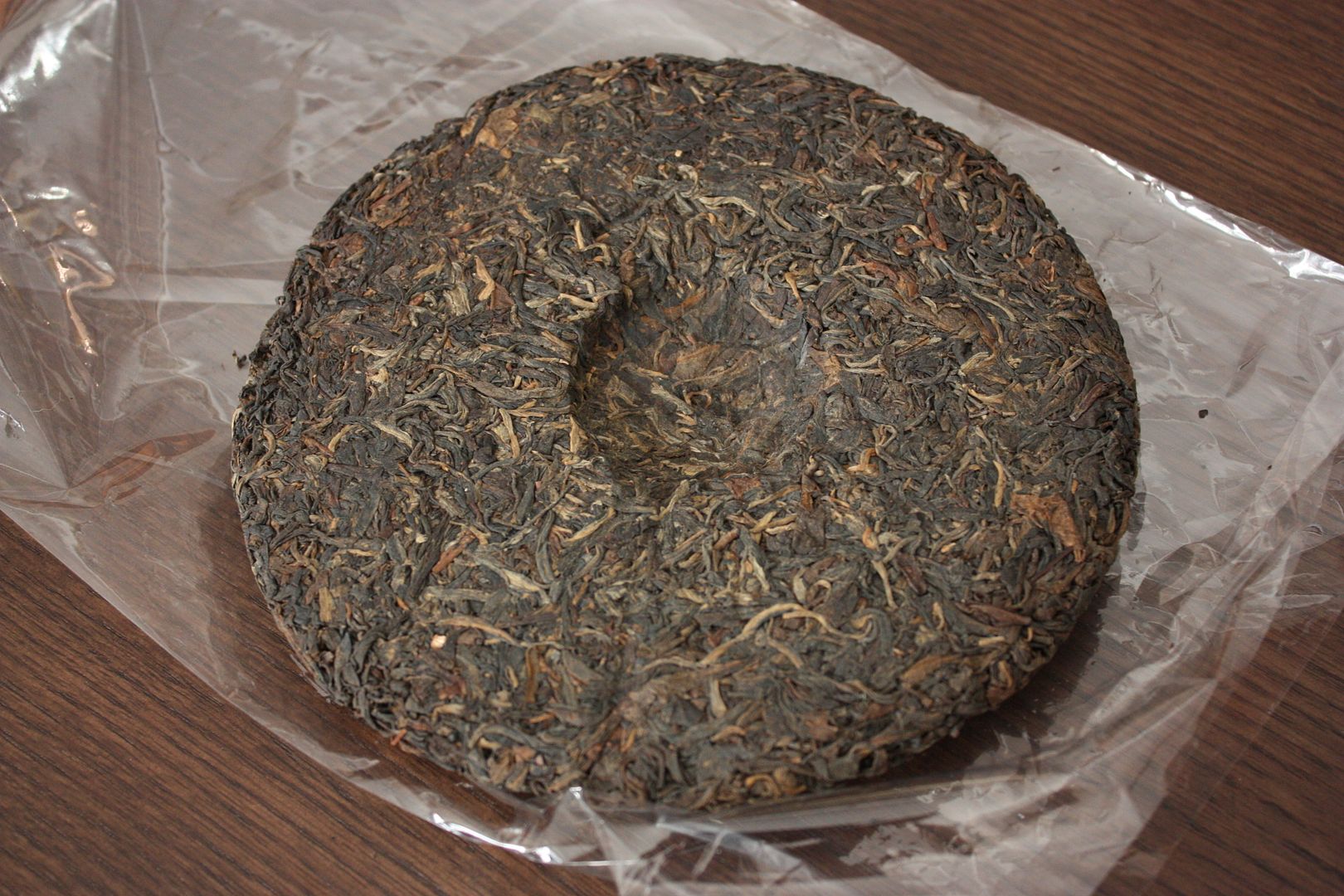
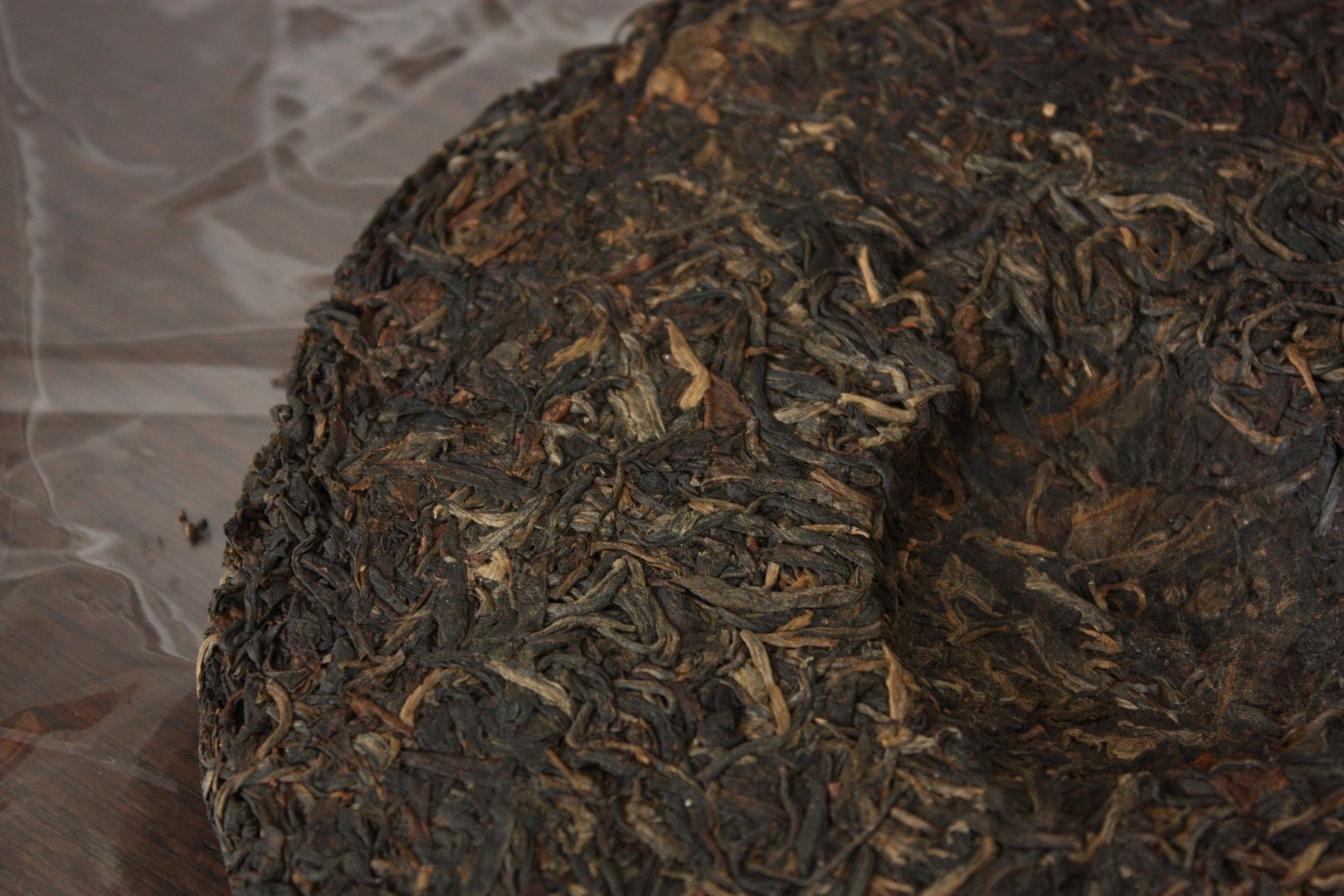
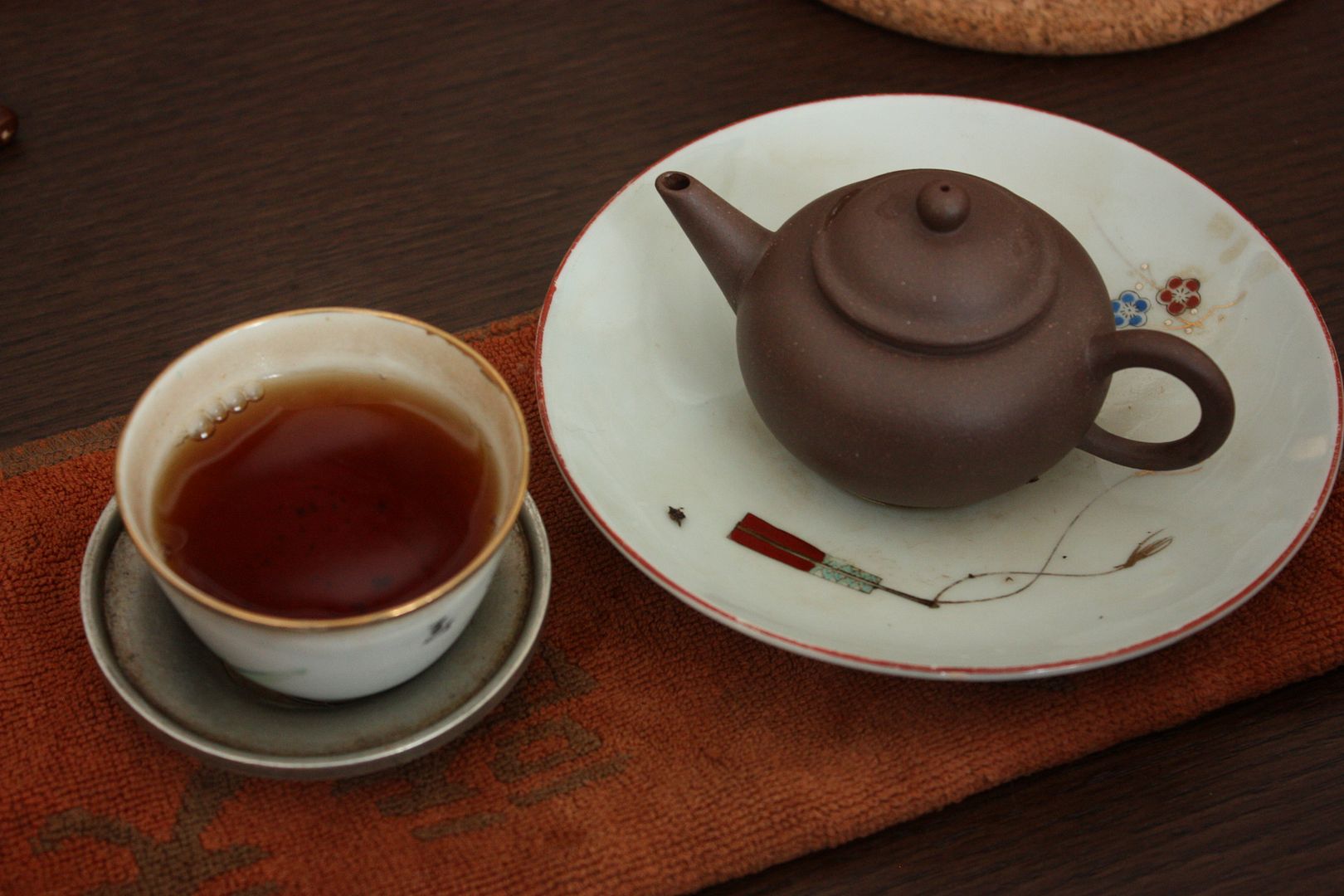

 RSS - Posts
RSS - Posts
Interesting.... would 250C in my oven work?